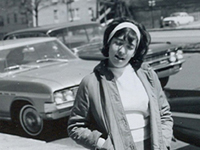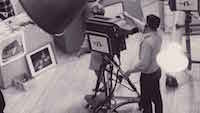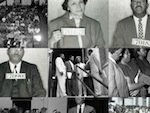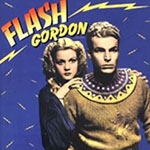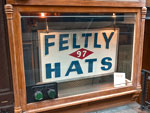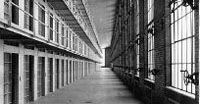Race and Ethnicity in Advertising
Offering a new way of looking at the history of American culture and society, Race and Ethnicity in Advertising is a database of advertisements from across the United States throughout the 20th century. This site offers a fresh lense for students to explore the changes in how Americans view themselves and each other in the world through the familiar medium of commercials and advertisements.
Visitors to the site can explore the posters, videos, and images in three different ways. With over 100 hundred pages of materials, every page offers diverse ads to analyze from the late 19th century through the early 21st century. The option to browse by collection focuses on specific topics for analysis, such as Asian American representation and celebrity endorsement advertisements. Browsing by essay is a function that highlights themes such as gender, stereotypes, and cultural transformation using adverts from different periods to demonstrate continuing trends.
The site is friendly to students of all ages with the background and contextual information provided for every advertisement. Each item offers key information for students to place the ad within its historical context by providing the title, date, racial/ ethnic markers, and primary time period. The Keywords and Context section also provides clarifying information that would assist students while evaluating sources or be a great way to introduce a new topic in the classroom.
